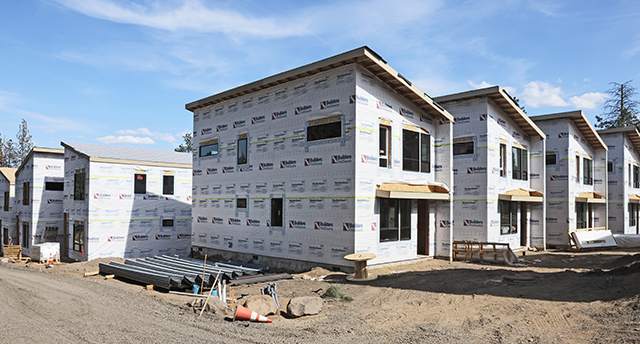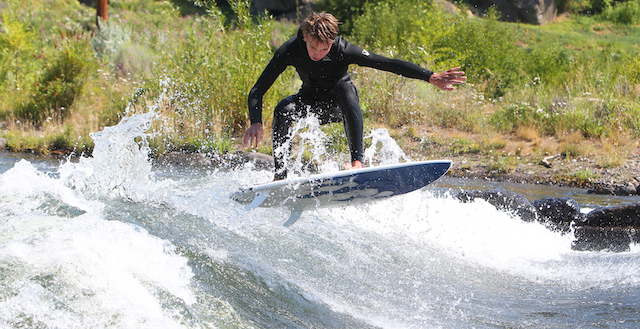Resuscitating someone, hours after a heart stops?
Published 5:00 am Friday, March 29, 2013
Sam Parnia, director of resuscitation research at Stony Brook University School of Medicine in New York and author of “Erasing Death: The Science That Is Rewriting the Boundaries Between Life and Death,” believes that we can bring many more people back to life after they die — it’s just a matter of training and equipment.
In an interview, he elaborated on this provocative idea. Here is an edited excerpt:
Q: Are the people you resuscitate after cardiac arrest really dead? Isn’t the definition of death that it is irreversible?
A: A cardiac arrest is the same as death. It’s just semantics. After a gunshot wound, if the person hemorrhages sufficiently, then the heart stops beating and they die. The social perception of death is that you have reached a point from which you can never come back, but medically speaking, death is a biological process. For millennia we have considered someone dead when their heart stops beating.
Q: What is the biggest problem in bringing someone back to life?
A: Reversing death before the person has too much cell damage. No single speciality is charged with taking and implementing all the latest advances and technology in resuscitation.
Q: How long after they die can someone still be resuscitated?
A: People have been resuscitated four or five hours after death — after basically lying there as a corpse. Once we die, the cells in the body undergo their own process of death. After eight hours it’s impossible to bring the brain cells back.
Q: What is the best way to bring people back?
A: The ideal system — and they do this a lot in Southeast Asia, Japan and South Korea — is called ECPR. The “E” stands for extracorporeal membrane oxygenation. It’s a system in which you take blood from a person who has had a cardiac arrest and circulate it through a membrane oxygenator, which supplies oxygen and removes carbon dioxide. Then you pump the blood back into circulation around the body. Using ECMO, they have brought people back five to seven hours after they died. ECMO is not routinely available in the U.S. and U.K., though.
Q: So, when I go into cardiac arrest, ideally what steps do I want my doctors to take?
A: First, we start the patient on a machine that provides chest compressions and breathing. Then we attach the patient to a monitor that tells us the quality of oxygen that’s getting into the brain.
If we do the chest compressions and breathing and give the right drugs and we still can’t get the oxygen levels to normal, then we go to ECMO. This system can restore normal oxygen levels in the brain and deliver the right amount of oxygen to all the organs to minimize injury.
At the same time, you also cool the patient. This slows the rate of metabolic activity in the brain cells to halt the process of cell death while you go and fix the underlying problem.







